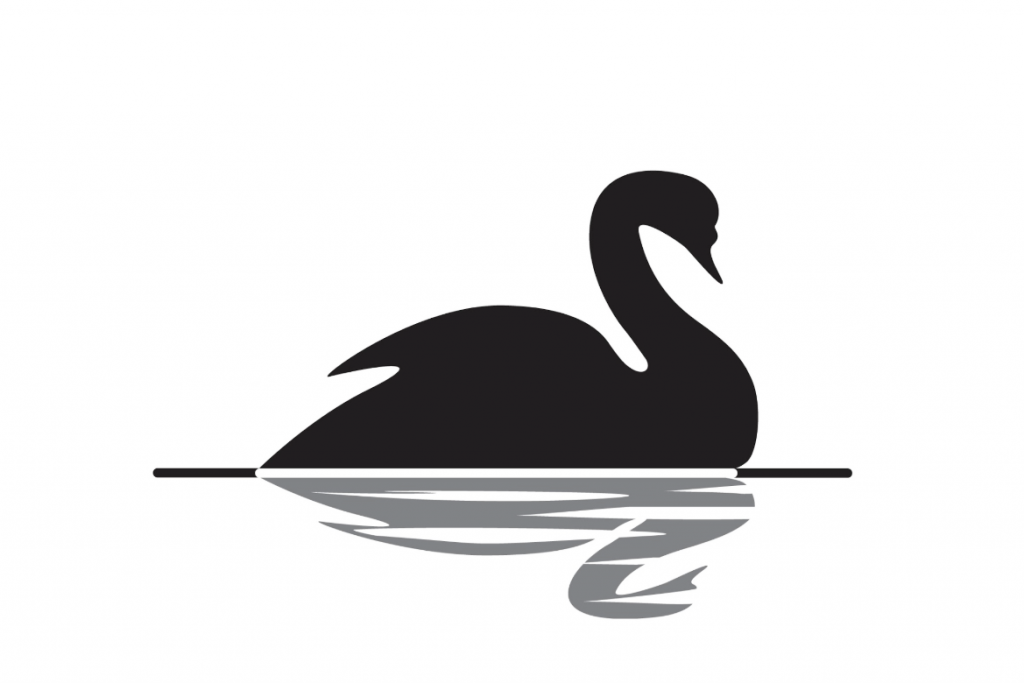How the real threat of a pandemic can help us change the view of cultures
Surely you have read or are familiar with the book “The Black Swan” by Nassim Nicholas Taleb, professor of uncertainty science, essayist, humanist and philosopher.
The origin of the title rests on the observation of the Latin poet Juvenal who referring to the fragility of systems disproved by something rare compares this phenomenon to a rare bird such as a black swan “rara avis in terris nigroque simillima cygno.” .
Over time, the Black Swan becomes a metaphor to describe an unforeseen event that has significant effects and is inappropriately rationalized in retrospect as predictable.
But back to the present day.
Is Coronavirus the Black Swan “expected” by the museum world?
In the face of what is happening, the question I ask is: can the COVID-19 – as it has been classified-be the unexpected event that demolishes old, pre-consolidated patterns?
The statement I make is a strong one, but pay attention to it.
An epidemic that seemed contained, gone global, has disproportionate effects completely changing the context in which we live, blocking the market and our routines.
The production chain is jammed, investment and consumption are curbed, and operators in all sectors tremble.
The impact of the Coronavirus is also beginning to be felt heavily in the Italian tourism sector causing:
- The closing of museums, theaters, archaeological parks, abbeys and churches;
- The cancellation of public events and demonstrations;
- the increase in cancellations of reservations made at facilities even in areas not considered at risk.
And this is just the tip of the iceberg.
Was this a highly predictable situation? Can it still not be referred to as a Black Swan?
I leave it to economics professors to express themselves.
Now the priority is not so much to figure out “whether” there will be a negative effect in the world of culture, but “how” hard it will be, how long it can last, and especially how to deal with it.
Educate yourself before you educate
When in 2019 I wrote the book Every Damn Museum I did so with the aim of popularizing a certain kind of entrepreneurial vision and, given the high chances of closure of 81 percent of Italian institutions, to put the world of culture on notice.

In recent months, I have also been trying to make more and more directors, curators and public administrators, aware of the issue.
Some understood this and were enthusiastic about my approach.
Others, however, dismissed me by saying. “I wonder why my museum must be smelling closure …”
The latter are the same ones who in the last hours of emergency for the country have called me “Bird of ill omen.”.
But is it my fault that I used to preach that the whole system stood on outdated pillars that would never withstand an external shock?
The truth is only one in the end.
“The Black Swan when it comes surprises. It forces one to change one’s view of things, unhinges the certainties or prejudices of any kind of business. Even for those in our museums.”
This contingency must accelerate the awareness of cultural institutions that they are in the midst of a process of profound societal change, spurred by the need to evolve in order to survive, which will use new modes and languages, strongly influenced by the digital.
A strong acceleration of museum innovation is on the horizon, which will push to test and refine different uses of technologies to meet the modern tourist who will not necessarily be inside our facility.
What we can do together is to better prepare the playing field by making room for a new way of thinking in a world that is radically changing.

